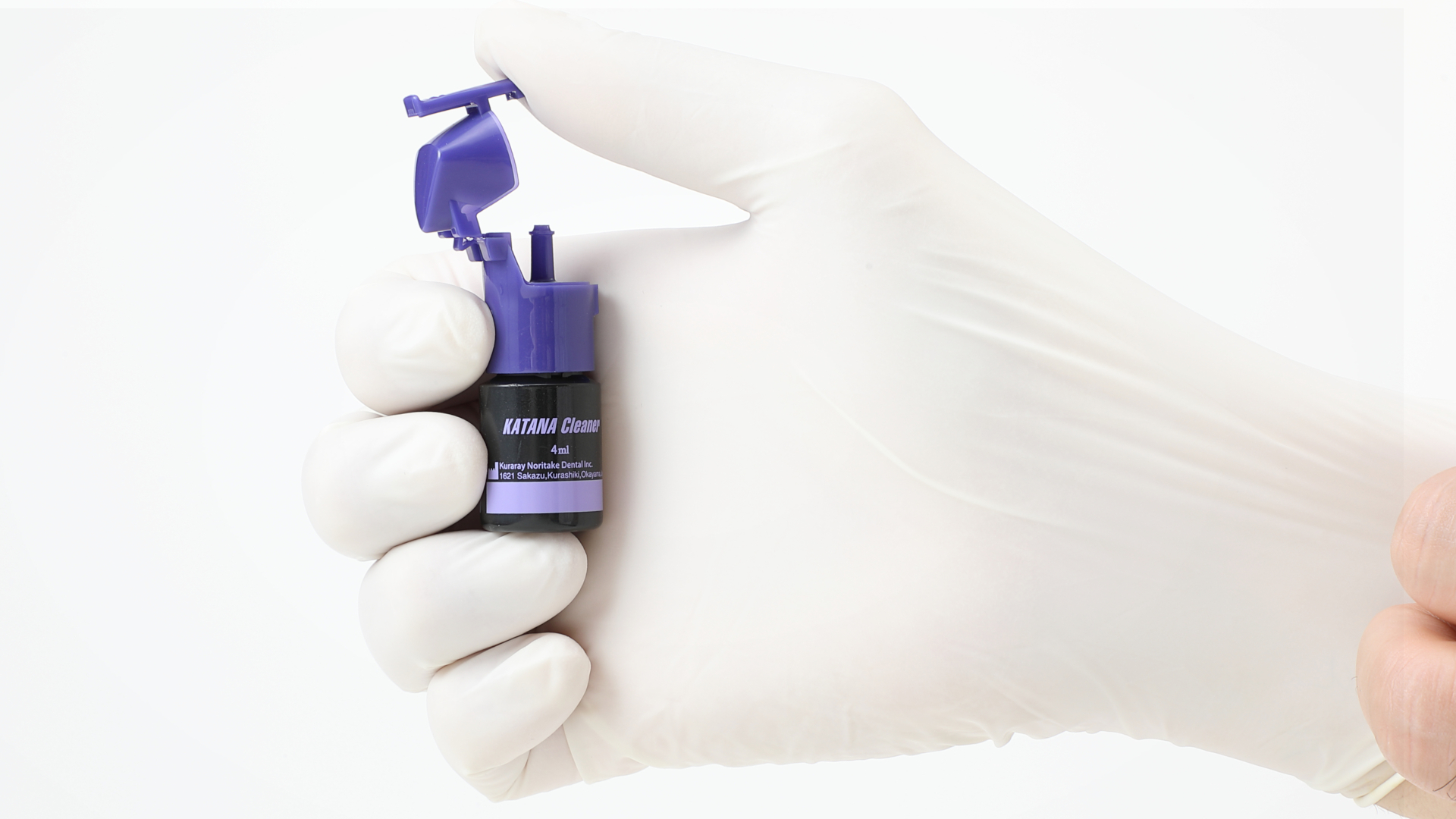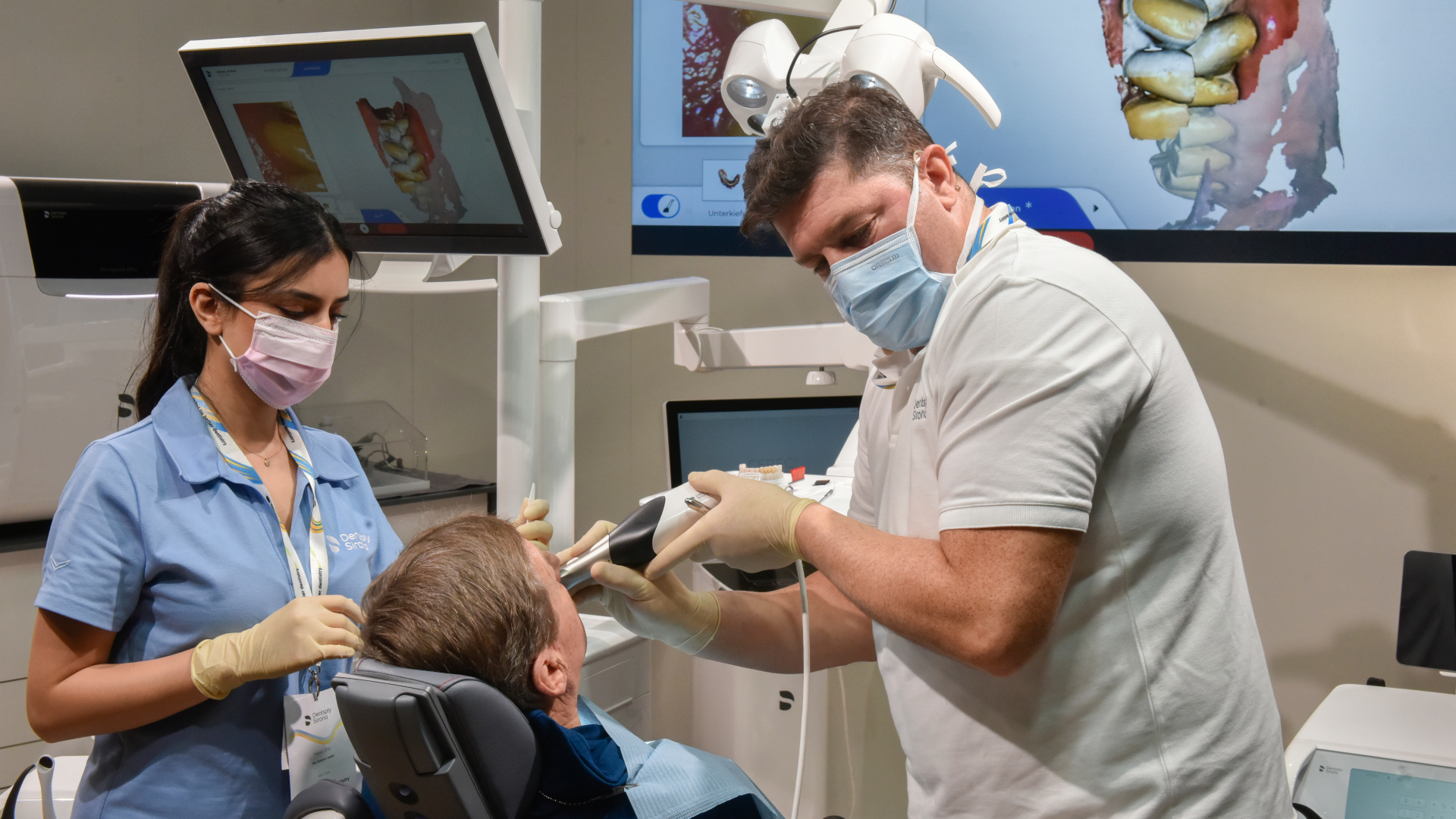The prerequisite for adhesive luting is a competent bond between the enamel and the restorative subject material. The standard of the bond is dependent upon the resin cement and its proper software, and the state of the bonding floor performs a decisive position, as does the conditioning and cleansing of the surfaces of the enamel and recovery. We spoke with Dr Adham Elsayed, a clinician and key opinion chief, whose medical institution in Frankfurt supplies high-end biomimetic minimally invasive dentistry.
Dr Elsayed, all-ceramic restorations require adhesive luting. Is that this true for different restorative fabrics, comparable to zirconia, lithium disilicate and hybrid ceramics?
Sure and no. A number of components should be taken into consideration. Originally, subject material houses should be thought to be, particularly flexural energy. Thankfully, transparent tips in keeping with medical research are to be had. One such guiding principle states that each one fabrics with a flexural energy of not up to 350 MPa must be positioned with an adhesive luting agent. Proper adhesive luting stabilises the recovery and enamel construction. Restorative fabrics of upper energy, comparable to strengthened glass-ceramics, lithium disilicate ceramics and zirconia, will also be cemented with typical strategies. Alternatively, some research point out that an adhesive luting agent can toughen total balance, while others display no important distinction.
Any other issue guiding the verdict for or towards adhesive luting is the preparation design. For crowns and bridges, the decisive issue is whether or not the operator has been ready to stick to the preparation tips (minimal abutment top of four mm and most convergence of 15°)1–5 as a way to create the specified retention and resistance shape for typical cementation. Minimally invasive restorations, comparable to resin-bonded fastened dental protheses (FDPs), veneers and inlay FDPs, are in keeping with a non-retentive preparation design. In such instances, handiest adhesive luting can ensure that ok retention.

KATANA Cleaner is implemented inside 10 sec. and is acceptable for each intraoral and extraoral use. (Symbol: Kuraray Noritake)
Aesthetics is some other necessary issue. But even so the restorative subject material, the luting subject material additionally has a significant affect at the optical end result. For extremely translucent ceramics particularly, adhesive luting is really useful. While typical cements are normally handiest to be had as opaque fabrics, resin composites come in several colors with upper color balance. Examples are PANAVIA V5 and PANAVIA SA Common.
How must the outside be pretreated or conditioned for adhesive luting?
Pretreatment of the outside is dependent upon the construction or microstructure of the ceramic. Silicate ceramics, like glass-ceramics, have a tumbler segment and will also be etched. Etching will increase the outside space, thus getting ready it for adhesive luting. By contrast, oxide ceramics like zirconia in addition to composites have a negligible quantity of glass segment or none in any respect. They can’t be etched. Their floor is conditioned through air abrasion with aluminium oxide. That is the one approach that has been proved scientifically to reach a loyal bond with those fabrics and is the only lately used.
How necessary is the right kind cleansing of the enamel and recovery floor for the standard of the bond?
The recovery floor should be decontaminated instantly previous to luting. Contaminants should be got rid of completely. Rinsing with water or alcohol has been proven to be inadequate. Due to this fact, cleansing answers comparable to KATANA Cleaner had been evolved. Any contamination is adverse for the adhesive bond. At try-in of the recovery, as an example, its floor turns into infected. Saliva, blood and different components acquire and the proteins contained in those components act to isolate all due to this fact implemented elements such because the primer. Any contamination should due to this fact be completely got rid of previous to the bonding process. This could also be the case for direct adhesive restorations. KATANA Cleaner gives a easy and fast solution to accomplish this activity.
What makes KATANA Cleaner so attention-grabbing for the consumer?
The particular options of KATANA Cleaner are its built-in MDP salt and its gentle pH price. Allow us to imagine the serve as of the MDP salt, particularly. Rubbed in for 10 seconds, the cleaner reasons the contaminant debris—comparable to remnants from the paintings procedure and proteins from saliva and blood—to stick to the MDP salt as to a magnet. The contamination is flushed off the outside through rinsing with water. This skill is on account of the MDP salt and makes KATANA Cleaner attention-grabbing and simple to make use of. As well as, the pH price lets in using the cleansing resolution each intra-orally and extra-orally, which is some other particular characteristic. We typically counsel using KATANA Cleaner for each direct and oblique restorations. Due to the common applicability of the cleansing resolution, just one subject material is wanted, and the time required is minimum. Cleansing with KATANA Cleaner is really useful even for bonding abutments on a titanium base as it supplies a perfect foundation prior to the applying of the primer. On this case, contamination from assets comparable to finger grease and residues of the air abrasive may just act as an insulator and impair the standard of the bond.
Editorial observe:
An inventory of references is to be had from the writer.
Supply By means of https://www.dental-tribune.com/c/kuraray-noritake/information/katana-zirconia-restoration-pretreatment-for-adhesive-luting/
:sharpen(level=0):output(format=jpeg)/up/dt/2018/01/katana-zirconia.jpg)


:sharpen(level=0):output(format=jpeg)/up/dt/2023/04/Novel-coating-material-expected-to-accelerate-bone-regeneration-for-dental-implant-procedures.jpg)
:sharpen(level=0):output(format=jpeg)/up/dt/2023/04/Osstem-Implant-2022-revenue-breaks-records-in-South-Korea.jpg)